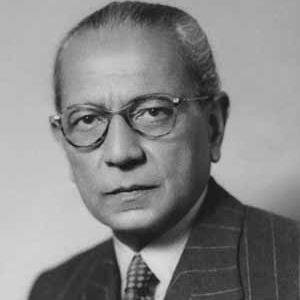
Asaf Ali was born in Delhi in 1888. He received his education at St. Stephens College, Delhi, and then proceeded in 1909 to London to study law. In 1914, the British attack on the Ottoman Empire had a deep impact on the Indian Muslim community. Asaf Ali supported the cause of Turkey and resigned from the Privy Council. He saw this as an act of grave injustice and decided to return to India in December 1914. On his return, Asaf Ali became deeply involved in the nationalist movement. He began his political career in 1916 by presiding over a public meeting in connection with the visit of Mr. Polak. Soon his prominence was noticed by the British Indian Government with suspicion and in 1918, he became the target of official wrath. He was forbidden to speak in public and was prosecuted for his speeches in private meetings. Asaf Ali became one of the most respected lawyers in the country. He defended Shaheed Bhagat Singh and Batukeshwar Dutt, who was accused of throwing a bomb in the Central Legislative Assembly on 8 April 1929, during the passage of a controversial Ordinance in 1945, Ali was made the Convener of the INA Defence team that was created by the Indian National Congress for the defense of the officers of the Indian National Army – those charged with treason. Earlier, he was elected to the Central Legislative Assembly in 1935 as a member of the Muslim Nationalist Party, but soon, he took the membership of the Congress and was chosen as a deputy leader. His wife, Aruna Asaf Ali, whom he married in 1928, was already a prominent Congress party member.
Asaf Ali was one of the founding members of the Home Rule League at Delhi and he actively participated in the Non-Cooperation Movement (1921), the Civil Disobedience Movement (1930 and 1932 to 1934), the Individual Satyagrah (1940), and the Quit India Movement (1942) that was led by Gandhi. He was sent to jail several times. First, he was again arrested and sentenced to one year’s imprisonment in 1940 for his Individual Satyagrah. Finally, he was arrested along with other members of the Congress Working Committee in 1942 and imprisoned in was released from the Gurdaspur District Jail in May 1945 on the grounds of ill-health. Asaf Ali was the first Ambassador to the USA in independent India and had established himself as one of the leading lawyers of the country.
Source: Dr. Bhuvan Lall, well-known author, and filmmaker